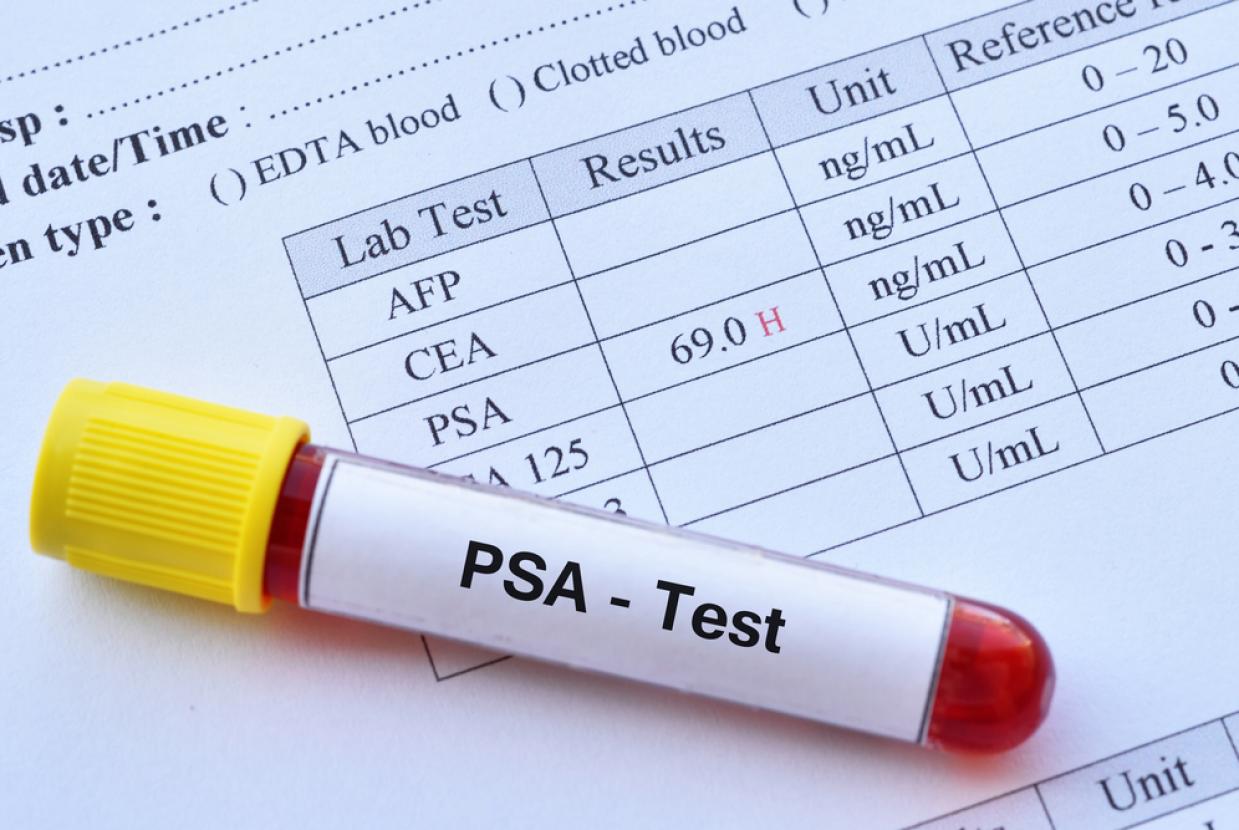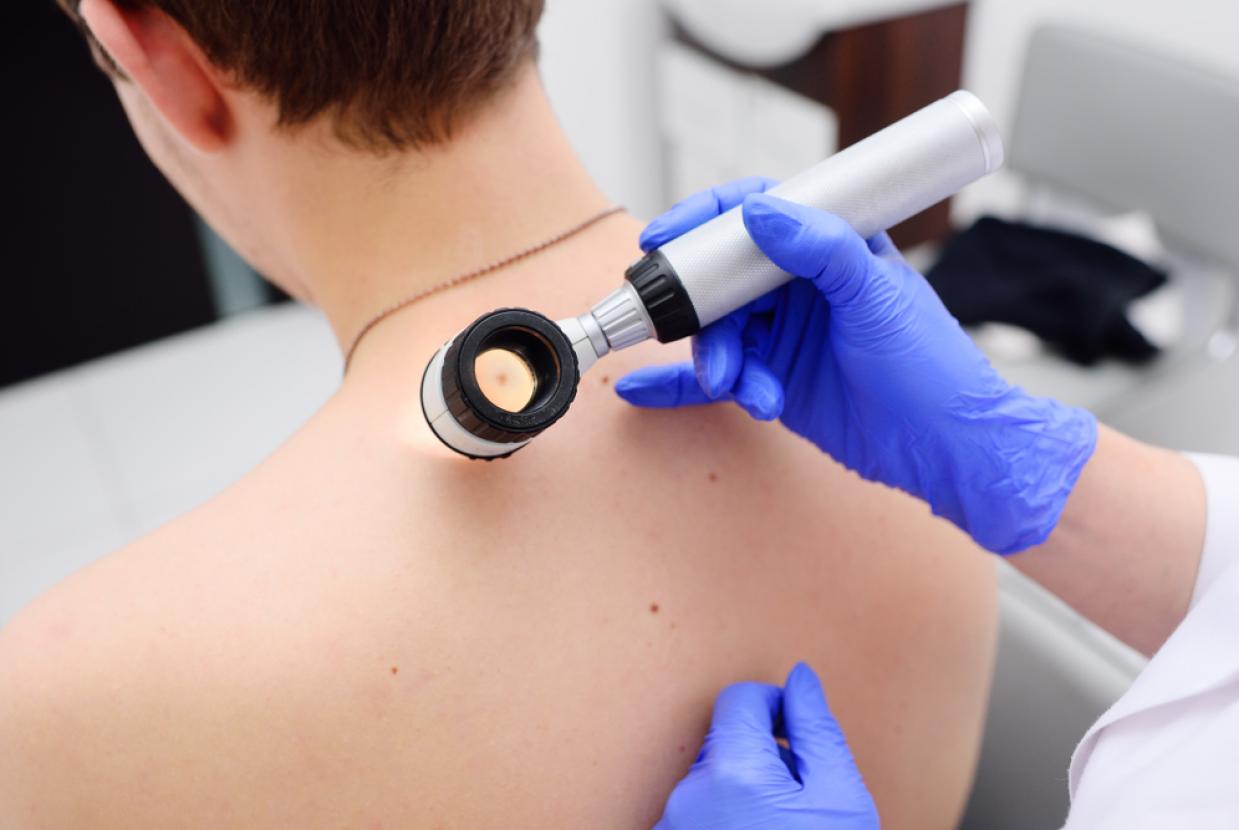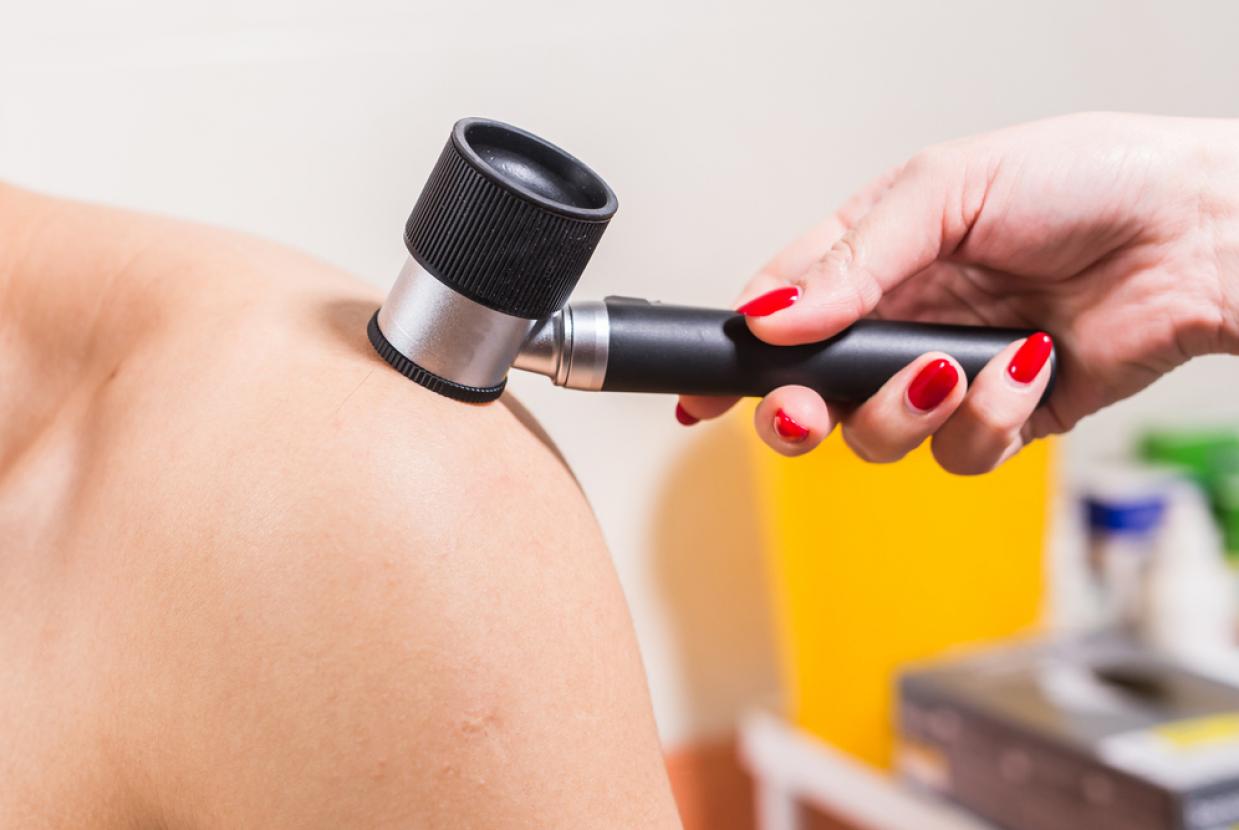Melanoma Skin Cancer
Melanoma, also called malignant melanoma, is a cancer that usually starts in the skin. It can start in a mole or in normal-looking skin.
Melanoma develops from skin cells called melanocytes. These cells make melanin which gives our skin its colour.
UV radiation from sunlight, sunbeds or sunlamps can build up and damage the DNA (genetic material) in melanocytes. They then start to grow and divide more quickly than usual and can develop into melanoma.
There are 4 main types of skin melanoma.
Superficial spreading melanoma - This is the most common type of melanoma. It is most often found on the arms, legs, chest and back. The melanoma cells usually grow slowly at first and spread out across the surface of the skin.
Nodular melanoma - This is the second most common type of melanoma. It can grow more quickly than other melanomas. It is also more likely to lose its colour when growing – becoming red rather than black. It is more commonly found on the chest, back, head or neck.
Lentigo maligna melanoma - This type of melanoma is less common. It is usually found in older people, in areas of skin that have had a lot of sun exposure, such as the face and neck. It develops from a slow-growing, pre-cancerous condition called a lentigo maligna. Lentigo maligna is only in the upper layer of skin called the epidermis. It is sometimes called an insitu melanoma. Lentigo maligna usually looks flat, like a stain or large freckle on the skin. It is sometimes called a Hutchinson’s freckle. If it spreads into deeper layers of skin, it is no longer pre-cancerous and is called lentigo maligna melanoma. Even when it becomes a lentigo maligna melanoma, it is still usually slow-growing.
Acral lentiginous melanoma - This type of melanoma is rare. It is usually found on the palms of the hands, soles of the feet, or under fingernails or toenails. It is more common in people with black or brown skin. It is not thought to be caused by sun exposure. If you have darker skin because of your ethnicity, it is important to check your skin for any dark spots or changes in these areas.
Other rare types of melanoma
Other rare types of melanoma include:
- desmoplastic melanoma
- amelanotic melanoma
- spitzoid melanoma
- malignant blue naevus.
We have more information about:
- melanoma that comes back in the same area – this is called recurrent melanoma
- melanoma that has spread to other parts of the body – this is called advanced melanoma
Rarely, melanoma can start in parts of the body that are not skin. We have separate information about melanoma that starts in:
- the eye – called ocular melanoma
- the anus and rectum (back passage) – called anorectal melanoma.
Symptoms of melanoma
The first symptom of melanoma skin cancer is usually a change in the shape, colour or size of a mole. It can be difficult to tell the difference between melanoma and a normal mole. We have more detail in our information about the signs and symptoms of melanoma.
Causes of melanoma
The biggest risk factor for melanoma is exposure to ultraviolet light (UV light). This can be through sunlight or sunbeds.
In the UK there are about 16,700 people diagnosed with melanoma each year. The numbers of people diagnosed with melanoma is rising.
Like most cancers it is more common in older people. But melanoma is more common in younger people in their teens and 20s than some other cancers.
Tests and diagnosis for melanoma
If you have any signs of a change in a mole or develop a new mole, you usually begin by seeing your GP. Your GP will check your mole and ask about any family history of cancer. If they think you may have a melanoma, they will refer you to a doctor who specialises in skin conditions called a dermatologist.
You should be seen at the hospital within 2 weeks.
At the hospital
The dermatologist uses a dermatoscope. This looks like a small magnifying glass, to look at your mole. They also check the rest of your skin and will ask you about any other skin changes or if you have any other unusual moles. They may also check the lymph nodes (glands) closest to the mole. This is to see if they look or feel swollen.
If you have an unusual mole, your dermatologist may advise checking it regularly rather than removing it. These moles are sometimes called dysplastic naevi. Your dermatologist may ask you to come back in a few months to check if the mole has changed. Or they may arrange for you to come back regularly to have photographs taken of the unusual mole.
If you have symptoms of melanoma, your mole will need to be removed so the specialist doctor can find out what it is. This is called an excision biopsy.
For further information - click here































































